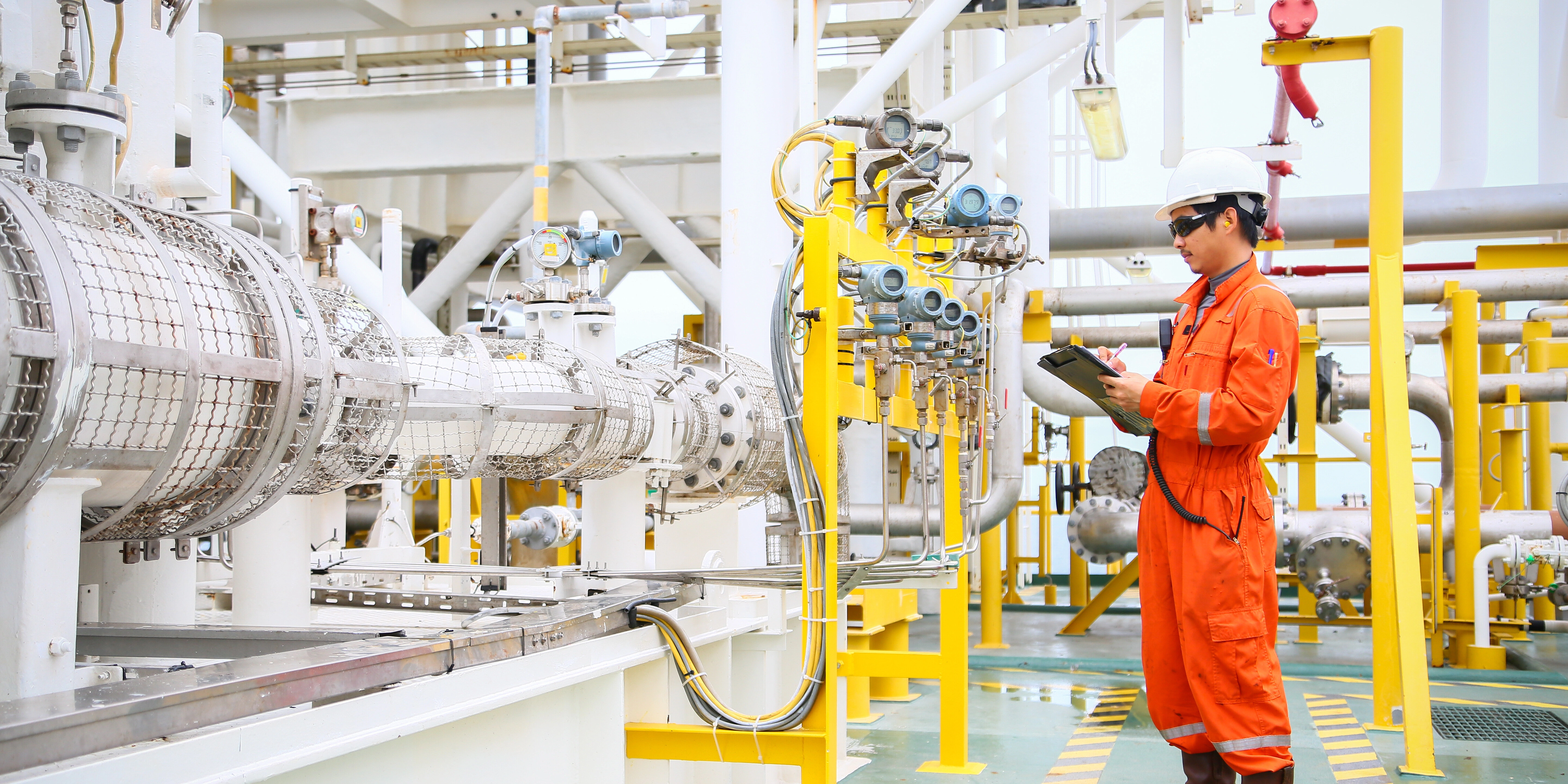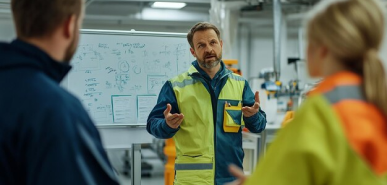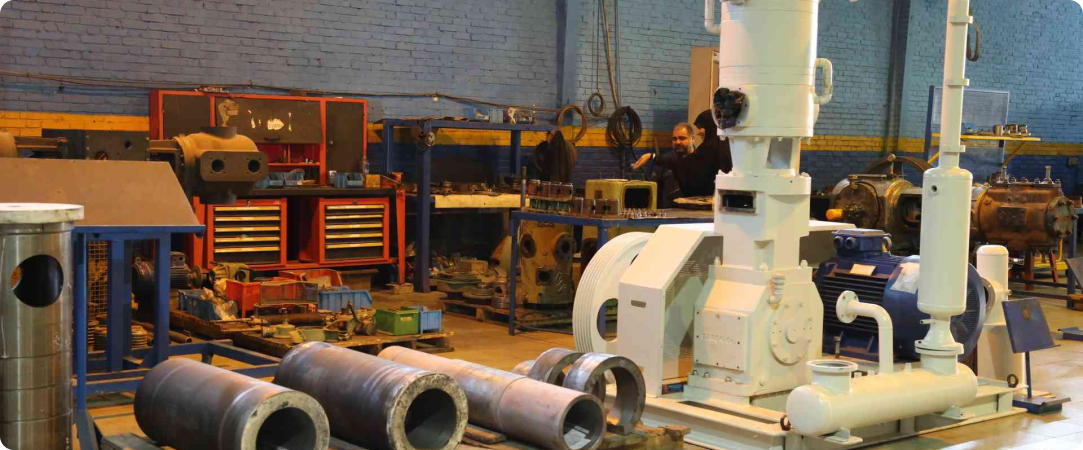
cylinders in a Compressor
These cylinders can be found in both single-acting and double-acting compressors. Single-acting compressors compress gas in just one direction of piston travel, either at the head end or crank end. Double-acting compressors, on the other hand, compress gas during both the forward and backward strokes of the piston
The construction of compressor cylinders varies depending on the design and operating conditions. In large low-pressure cylinders, they are typically made of cast iron and are removable from the major frame. The cylinder valves, which act as check valves, control the flow of gas through the cylinder By understanding the role and construction of compressor cylinders, operators can ensure the efficient and reliable operation of compressors, which are integral to many industrial applications.
Single-Stage Compressor
In a single-stage compressor, air or gas is compressed in a single step within one cylinder. This type is suitable for relatively low-pressure applications.
Multi-Stage Compressor
Multi-stage compressors use multiple cylinders arranged in a series, with each cylinder performing a stage of compression. The compressed gas passes through intercoolers between stages to reduce temperature and increase efficiency. This design is effective for achieving higher pressures

Working Principle
During the compression process, the cylinder's piston moves to reduce the volume of the gas, causing an increase in pressure. Valves (intake and exhaust) control the flow of the gas into and out of the cylinder.
Materials and Design
Cylinders are typically made of durable materials such as cast iron or aluminum, depending on the compressor's application. The design must handle the stresses and temperatures generated during compression.
Oil-Lubricated vs. Oil-Free:
Some compressors are oil-lubricated, where the lubricating oil also helps in sealing and cooling. In contrast, oil-free compressors have specialized coatings or designs to eliminate the need for oil in the compression chamber, crucial for applications where oil contamination is undesirable.
Understanding the specifics of the cylinder design, the number of stages, and whether the compressor is oil-lubricated or oil-free is essential when selecting a compressor for a particular application. Each type
has its advantages and is chosen based on factors such as required pressure, flow rate, and the purity of the compressed gas.
Last posts

Compressor gas analysis operating
during operation involves monitoring and analyzing the composition of the gas being compressed. This is crucial for various reasons, including efficiency, safety, and environmental considerations. Here's a brief overview:

compressor air package
a compressor air package typically refers to a system that includes a compressor along with various components like tanks, dryers, filters, and controls An air compressor package compresses and stores atmospheric air. It takes in ambient air, compresses it, removes moisture and contaminants, and stores the compressed air for various applications where clean or compressed air is needed, like operating pneumatic tools, powering machinery, or supplying air for certain industrial processes.

COMPRESSOR operating conditions
The operating conditions of a compressor refer to the specific parameters and conditions under which the compressor operates effectively. These conditions can vary depending on the type of compressor and the intended application.

Compressor capacity
Compressor capacity refers to the ability of a compressor to handle and process a certain volume of gas or vapor within a specified time frame. It is typically measured in terms of volume flow rate and is commonly expressed in units such as cubic feet per minute (CFM) or cubic meters per hour.
Most viewed posts

Compressor capacity
Compressor capacity refers to the ability of a compressor to handle and process a certain volume of gas or vapor within a specified time frame. It is typically measured in terms of volume flow rate and is commonly expressed in units such as cubic feet per minute (CFM) or cubic meters per hour.

COMPRESSOR operating conditions
The operating conditions of a compressor refer to the specific parameters and conditions under which the compressor operates effectively. These conditions can vary depending on the type of compressor and the intended application.


